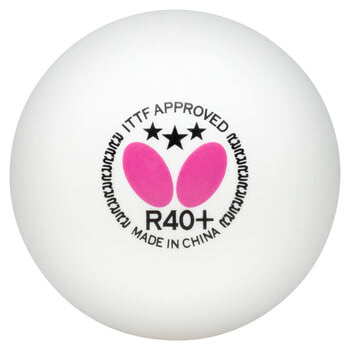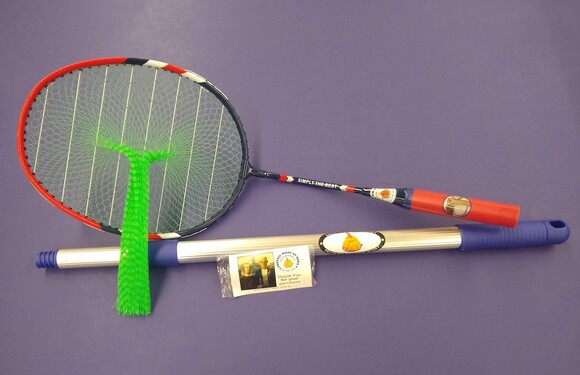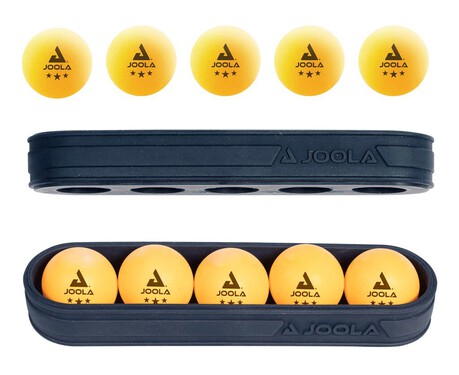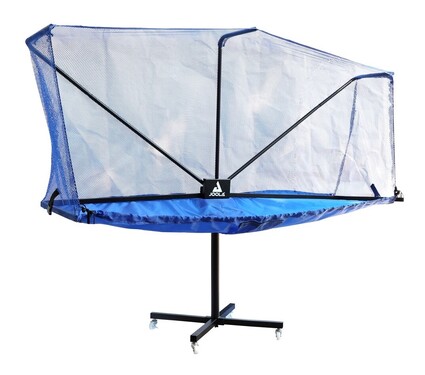Guide to Choosing Table Tennis Balls
Choosing the appropriate table tennis ball is crucial as it can substantially affect your game. This guide will help you make an informed choice.

Star Rating
Table tennis balls usually have a star rating between 1 and 3, indicating the ball's quality. While there's no official standard, one-star balls are typically less round and used mostly for practice or casual play. Two-star balls offer slightly better quality, and three-star balls, the highest quality, are used in tournaments and by professional players. If you're serious about the game or preparing for competitive play, opt for three-star balls.
Material
Prior to a rule change in 2014, 40mm celluloid balls were the standard in table tennis. Afterward, ITTF events switched to more environmentally-friendly 40+ poly balls, which are slightly larger and harder. Despite some advantages, these balls received criticism regarding durability and consistency. In 2017, a new generation of ABS (Acrylonitrile Butadiene Styrene) 40+ balls was introduced, providing improved durability and a more consistent bounce. ABS balls are now standard in competitive table tennis.
Though you might still find 40mm celluloid balls, they're mainly used with older robot models. The more common 40+ balls are preferred due to their acceptance in official competitions. However, some amateur tournaments may still use non-poly balls depending on regional governing body decisions. All ITTF-sanctioned events use 40+ balls.
Color
Table tennis balls are typically white or orange. Choose a color that contrasts well with your playing environment to ensure good visibility. White is predominantly used in international competition.
Brand
Any three-star ball from a reputable brand like Butterfly and JOOLA should meet your needs, but each brand may offer a slightly different feel. Testing several brands may help you discover your preference. The ITTF maintains a list of approved 40+ balls for competition, and tournaments usually announce the specific ball for players to practice with.
Care
To prolong the lifespan of your table tennis balls, store them out of direct sunlight and avoid extreme heat, moisture, and pressure. Also be sure to pick up the balls when they fall to the floor, so you and others avoid stepping on them!
Non-Standard Balls
The market also offers non-standard balls, including multi-colored options for spin detection and heavier balls suited for outdoor play.
Accessories
When purchasing balls, you may want to consider these accessories:
My Ping Pong Buddy Ball Picker

If you often find yourself spending valuable practice time picking up scattered table tennis balls, you might consider a tool like My Ping Pong Buddy. This device is designed to simplify and expedite the process of gathering table tennis balls from locations such as beneath tables, chairs, and desks. Its use could potentially save time during practice and reduce the physical strain associated with repeatedly bending over.
JOOLA Ball Holder Set

The JOOLA Ball Holder Set is designed for table tennis players seeking organization and accessibility for their balls. This product features a side-mounted holder with a capacity to accommodate up to 10 balls. By keeping the balls on the table, it aims to minimize time spent searching for them.
IPONG Catch Net

The IPONG Ball Catch Net is designed to improve the efficiency of your table tennis practice sessions. By funneling balls directly into your balls container, it eliminates the need to manually retrieve them, saving you valuable training time. Ideal for use during robot or service practice, this net conveniently attaches to table frames up to 3" thick. It is compatible with all JOOLA tables carried that have a surface thickness of 25mm, such as JOOLA Tour 2500.
JOOLA Service Practice Net

For clubs seeking to improve their training facilities or players aiming to optimize practice, the JOOLA Service Practice Net can be a beneficial addition. The Practice Net aims to eliminate the need to retrieve stray balls, allowing for more focused practice time. The design features a rolling system and a folding mechanism, making it easy to store when not in use.
See Also
Table Tennis Racket Assembly Guide

